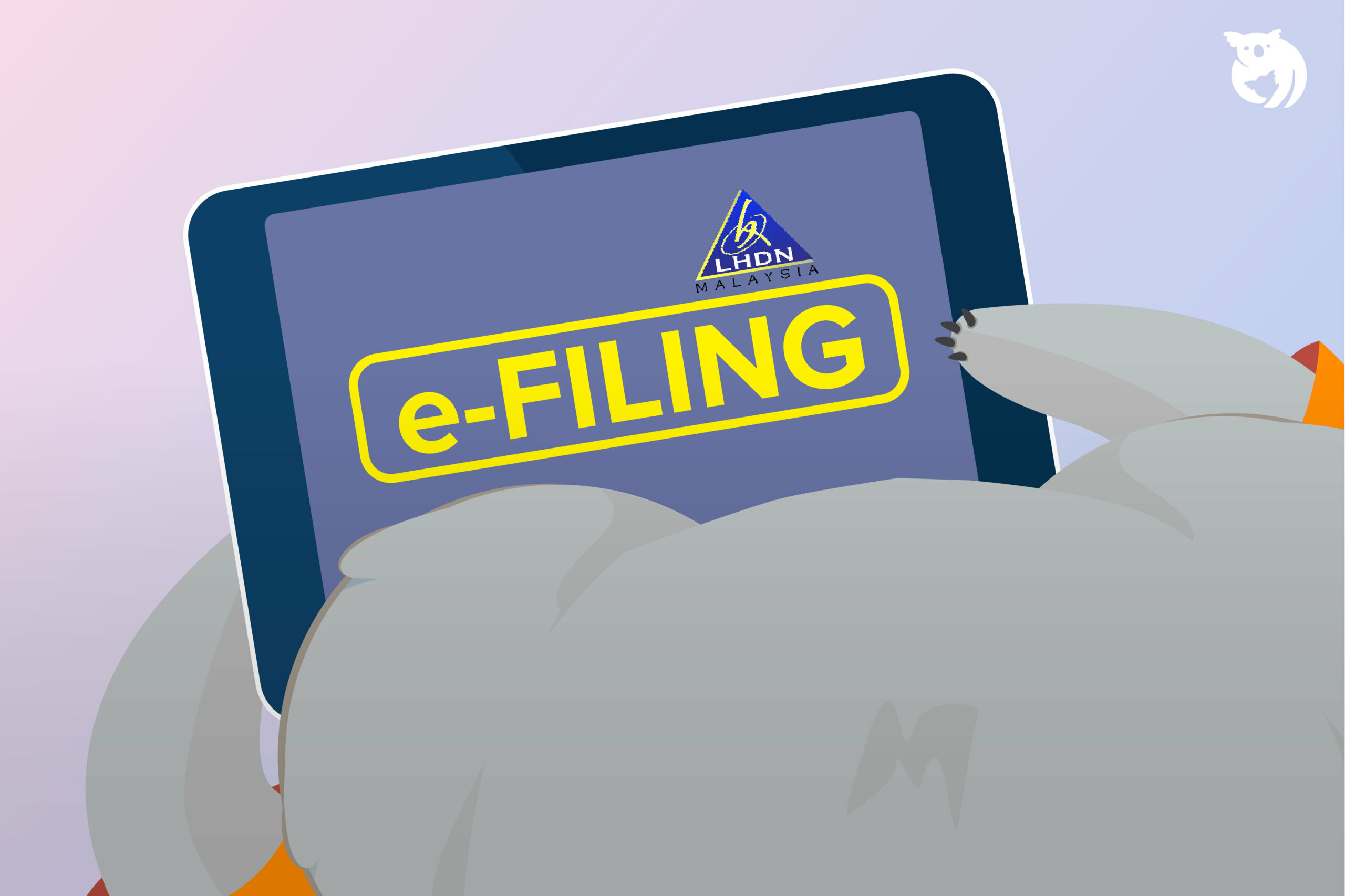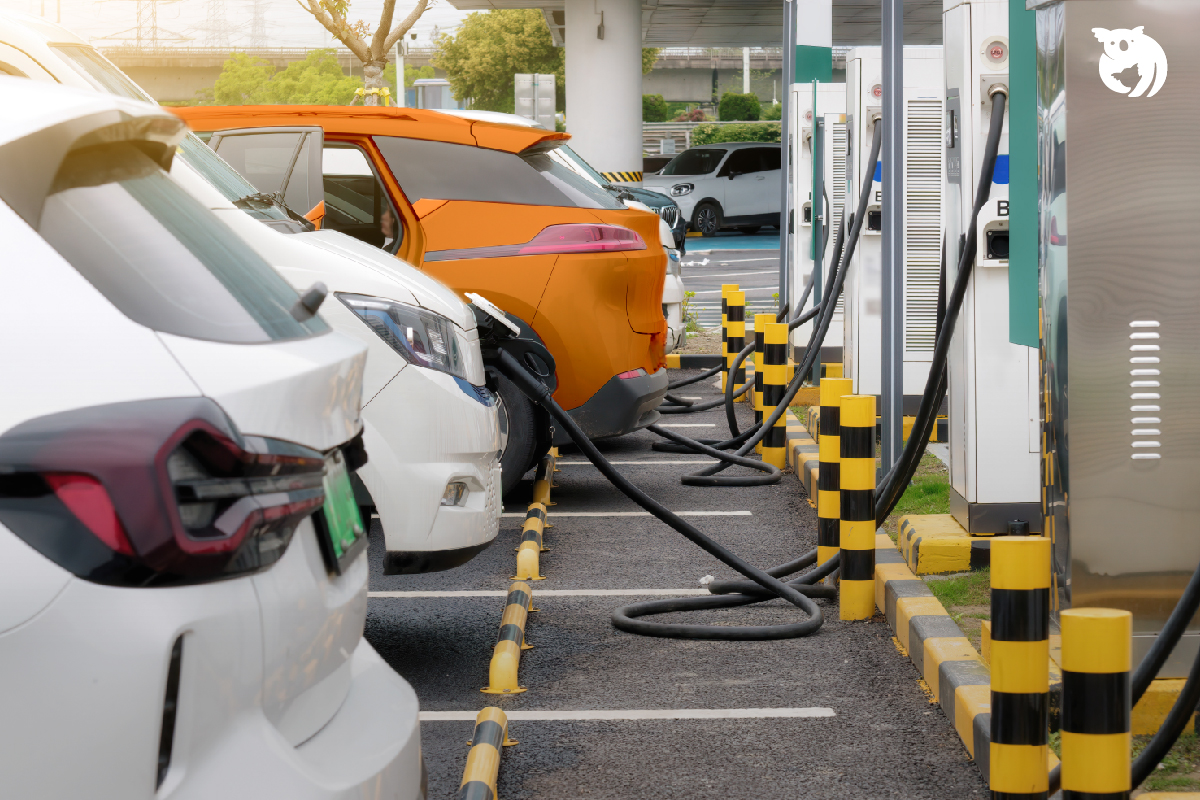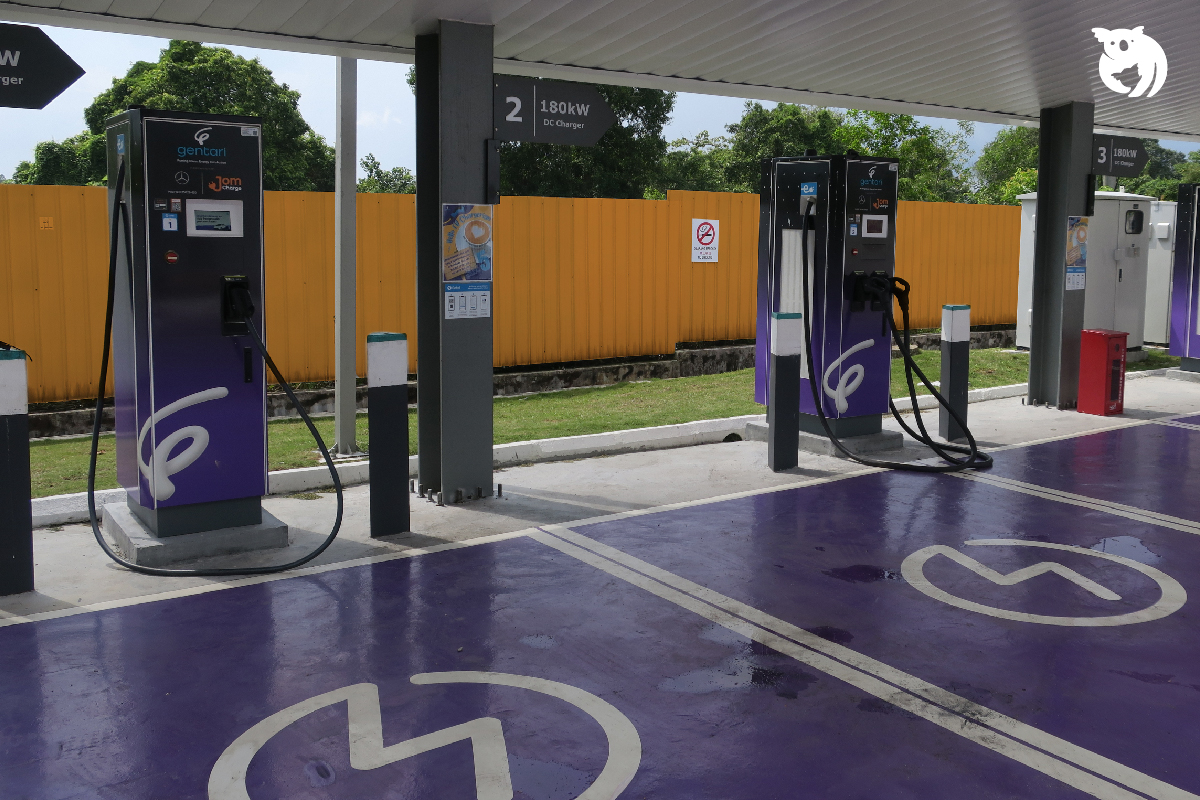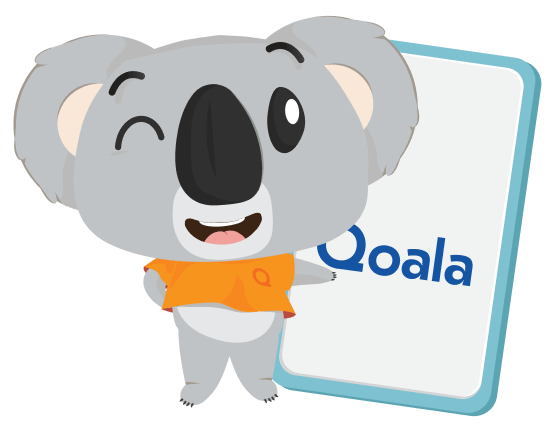The month of March in Malaysia typically signifies the start of the tax season, also referred to as the income tax claim period or the e-Filing period. To comply with the Inland Revenue Board of Malaysia’s (LHDN) regulations, individuals must submit their income tax assessment forms through the e-Filing system. From 1st March 2023, individuals can begin filling out their e-Filing forms for the 2022 assessment year. The e filing 2022 deadline for resident individuals to file their taxes is either 30th April (offline channels) or 15th May (e-Filing).
Assessment Year Income Tax, How to Fill Up LHDN E-filing 2022 Through MyTax
If you’re a first-time taxpayer, filling up the e-Filing form to claim your excess payments for the assessment year may be confusing. LHDN’s e-Filing service is a platform where you can provide information about your tax deduction. As a taxpayer, you’re required to submit the income tax assessment form using the e-filing system for the year 2022.
Whether you’re a fresh graduate who’s just started working or you want to refresh your knowledge about how to fill up the LHDN e-Filing form, here’s a complete guide on e-filing for the year 2022 that you can follow to help you fill up the LHDN e-Filing form through the MyTax portal correctly.
1. Access MyTax Website
To fill up the income tax form online, you need to visit the official MyTax portal (previously known as ezHASiL). You can access it via the link https://mytax.hasil.gov.my/.
Next, select the Identification Type – Identification Card Number. Enter your identification card number, then click Submit.
2. First Time User Registration
For users who are registering for e-Filing for the first time, the system will display a notification message if your Digital Certificate is not available. Taxpayers need to have a Digital Certificate under the Digital Signature Act 1997 to access MyTax and fill up e-Filing.
For those who do not have a Digital Certificate, the application method for Digital Certificate can be done through:
- e-CP55D (Application on the website);
- e-KYC (Facial identity recognition via mobile).
To get a Digital Certificate, click the e-CP55D button – users will be taken to the Information Verification page. Verify the personal information displayed on the screen such as identification card number, full name and email address. If correct, click Submit.
A successful registration notification will be displayed after the user successfully logs in for the first time. A first-time login activation link will also be sent to the email address registered with LHDN.
You need to click on the email link to activate the Digital Certificate within two days from the date the email is received.
3. Register for Digital Certificate
Once the activation of the Digital Certificate is completed, access the MyTax website again. Select the Identification Type – National Registration Identity Card, then enter your identification card number and click Send.
Perform the Basic Information Verification – ensure that all information displayed is correct. Then, create a new password and security phrase. Click the Agree button and then click Send.
The system will display a notification that the Digital Certificate has been successfully registered. Then, click the OK button.
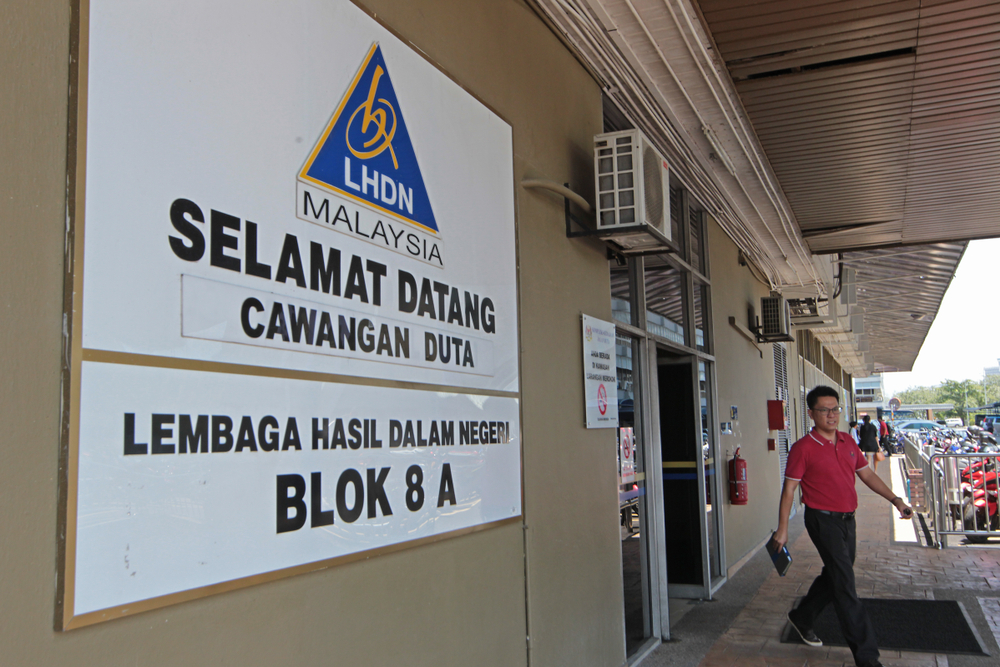
4. Select the e-Filing Menu on MyTax 2022
Once done, click on the ezHasil Service menu and select e-Filing. The display will show available menu options such as e-Semakan Verification, e-Form, e-Application for Amended BE and e-BE Current Assessment Year.
Click the e-Form button – another tab will open displaying e-Borang categories that you can choose from based on your tax category, such as:
- e-BE (Resident individual with no business income source)
- e-B (Resident individual with business income source)
- e-BT (Resident individual comprising of knowledgeable or skilled workers (Expert Return Program) approved by the Minister)
- e-M (Tax return form for non-resident individuals)
- e-MT (Non-resident individuals comprising of knowledgeable workers subject to Minister’s approval).
5. Select e-BE Form (Private Sector Employees)
For individuals who are single and receive salary income from their employer, select the e-BE form to file your individual income tax return for the year 2022. Enter the correct assessment year, and another tab will open showing the Individual Tax Return form that needs to be completed.
Complete the form with accurate information. You can refer to the LHDN EA Form issued by your employer when filling out this form. In essence, the MyTax e-BE form is divided into five sections – fill out and complete all the required information.
i. Individual Profile
This section contains basic taxpayer information such as name, tax identification number, marital status, assessment type, and others.
ii. Other Profile
This section contains other information of the taxpayer such as telephone number, employer’s number, email address, method of receiving tax refunds, bank information, mailing address, incentive claims, and others.
iii. Income
This section contains information on the taxpayer’s statutory income from employment* and the amount of income received, such as the number of employments. What does the “number of employments” in e-filing mean? It refers to the number of employers in the same assessment year, whether it is one or more. In simple terms, the number of employments means how many companies have paid you a salary this year.
For example, Ali resigned from Company A in April and joined Company B in May. This means that Ali has two employment numbers in LHDN and requires two EA forms from two different companies.
*Note: What does Statutory Employment Income mean? Statutory Employment Income refers to the amount of money received by an individual for working in a company or organization, including salary, allowances, and bonuses.
In addition, you need to enter all the income earned in the assessment year, including interest, discounts, royalties, premiums, pensions, annuities, and any other additional earnings and profits.
iv. Tax Relief
In this section, you can input tax reliefs that can be claimed for the current assessment year. However, make sure that the tax reliefs you claim have supporting evidence such as purchase receipts, such as receipts for medical expenses of your parents, receipts for the purchase of a new smartphone, book receipts, and so on.
You also need to ensure that you enter the same amount or do not enter any amount if you do not have payment receipts. This is because the LHDN may request for proof (purchase receipts) in the future. If you fail to provide proof, you may be penalized by LHDN.
How to Claim Tax Relief: List of Individual Tax Relief for Assessment Year 2022 LHDN (e-Filing 2023)
Below is a list of tax reliefs that you can consider to enable you to receive excess payment for the assessment year or claim back the PCB deduction in your payslip:
| Types of Tax Relief | Tax Relief Amount |
| Individual Tax Relief |
|
| Tax Exemptions for Lifestyle, Medical and Related Equipment |
|
| Tax Relief for Children |
|
| Contributions and Other Donations |
|
v. Summary
In this section, the tax summary will be displayed whether the taxpayer has an Overpayment or an Outstanding Tax Balance. This section also allows you to review all the information that has been entered.
Click the Continue button to submit the form declaration.
6. Sign and Submit the Form
Once you have ensured that all the entered information is correct, click Sign and Submit. Enter the identification number and the password that was set to submit the completed form. Once done, you can download a copy of the e-Form for your record keeping.
7. Receive Refund Payment
To receive a tax refund for the assessment year, you may enter your bank details to facilitate the refund payment process. Tax refunds for overpaid taxes are usually made by LHDN within two (2) weeks after the e-Filing form is submitted.
You can start filling out your e-Filing form beginning March 1st, and the deadline for e-Filing for the year 2023 is on April 30th.
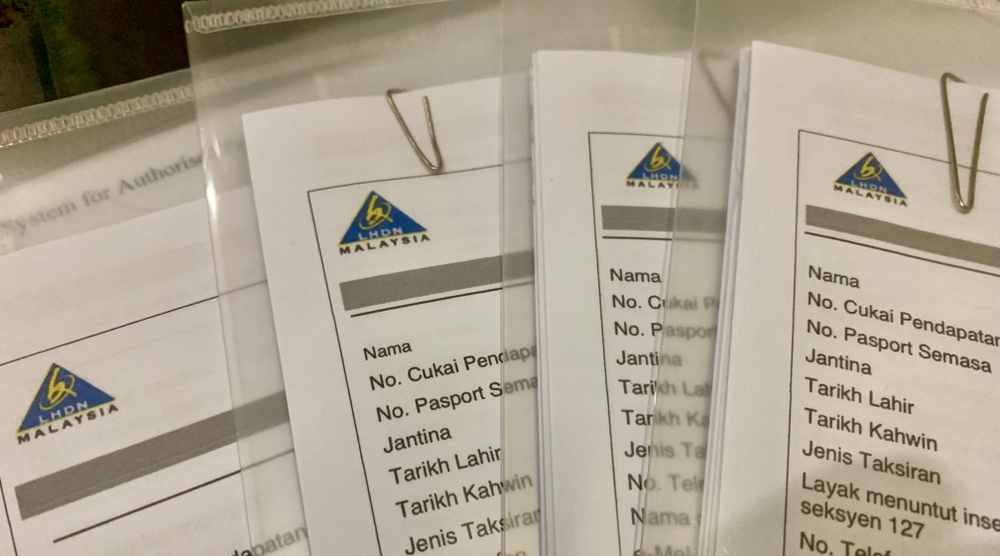
LHDN E-Filing: Build a Better Future for Malaysia by Fulfilling Your Income Tax Obligations
Hopefully, this guide on how to file income tax returns via e-Filing for the year 2022 will help you to claim your income tax deductions effectively. If you have any further inquiries about how to complete the individual income tax e-Filing for the year 2022, please refer to the official LHDN website for more information.
Also, if you’re looking for medical and health insurance to maximize your tax relief, visit the Qoala website for further information. Qoala is the best insurance comparison and renewal platform in Malaysia.

 EN
EN
 MY
MY

